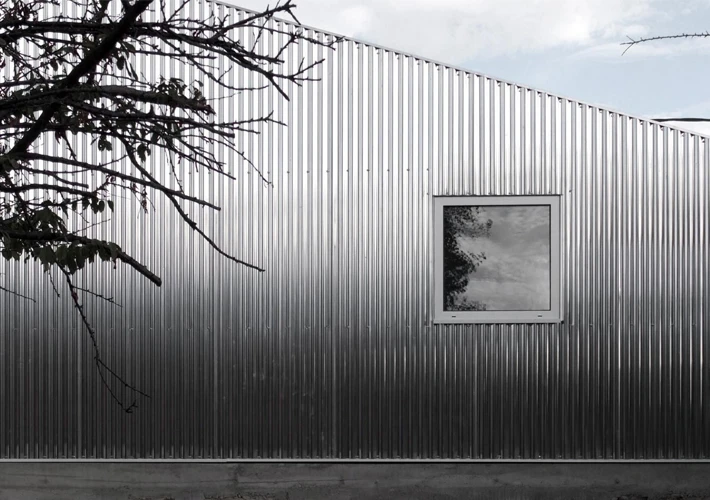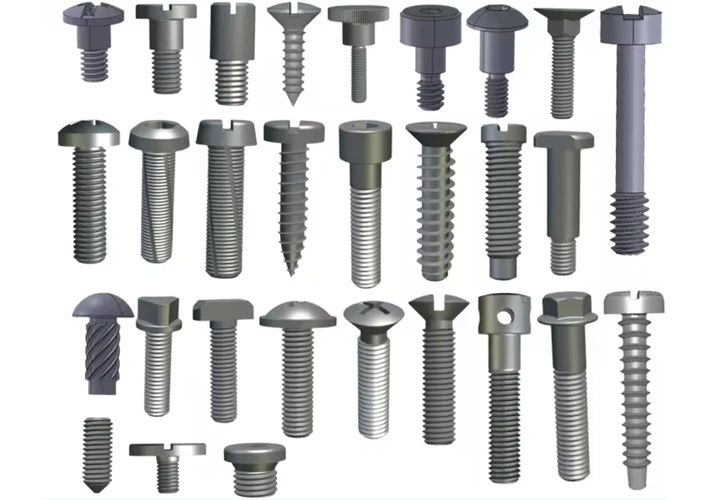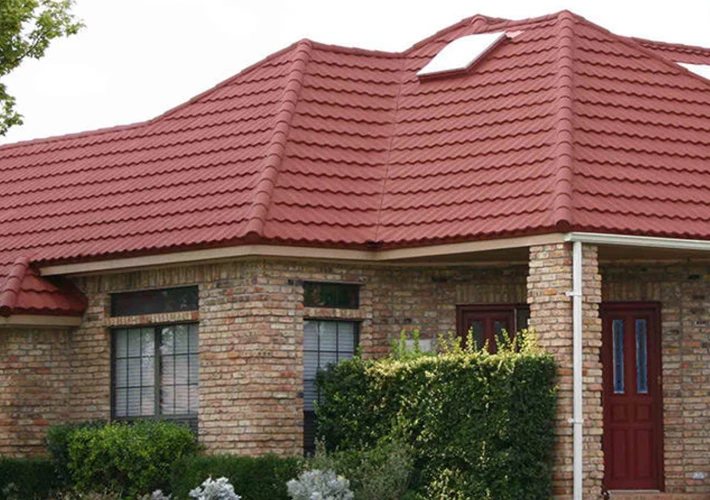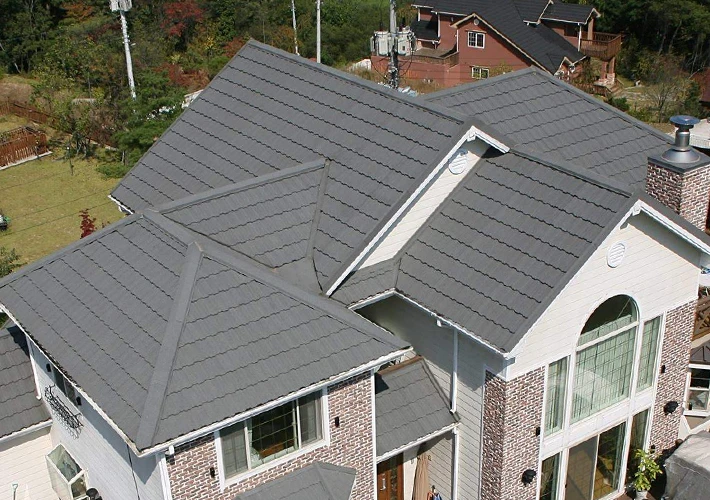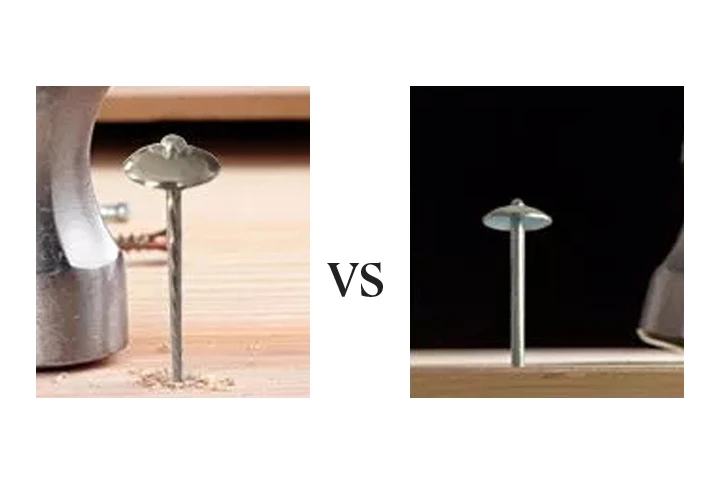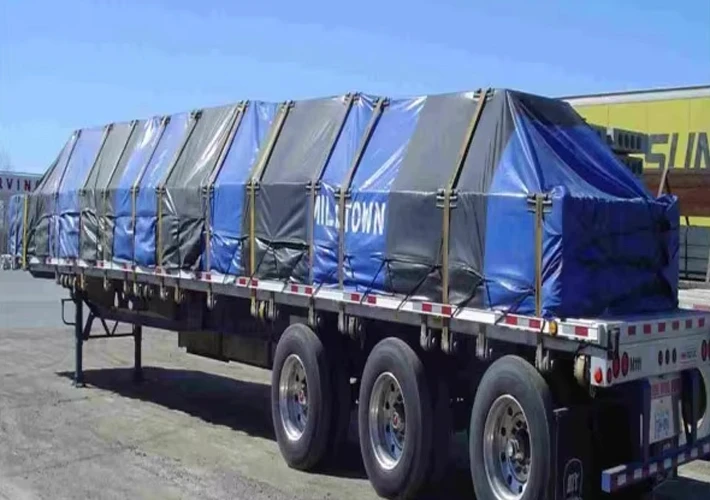Introduction
Square galvanized steel tubes are among the most widely used structural and industrial steel products in modern construction, manufacturing, and engineering. Known for their strength, corrosion resistance, and versatility, these steel tubes are essential in applications ranging from infrastructure to furniture making. However, like all materials, they come with a set of both benefits and limitations.
This article provides a detailed analysis of the advantages and disadvantages of square galvanized steel tubes, helping wholesalers, builders, and import-export businesses make informed decisions about using and supplying these materials.
What is a Square Galvanized Steel Tube?
Square galvanized steel tubes are hollow steel sections with a square cross-section that have undergone a galvanization process—typically hot-dip galvanizing—where a protective layer of zinc is applied to the steel surface to prevent rust and corrosion. They are often manufactured from cold-rolled or hot-rolled steel sheets and then welded into shape.
Common Specifications:
- Sizes: 20×20 mm to 200×200 mm
- Wall Thickness: 0.8 mm to 10 mm
- Lengths: Standard 6 meters, customizable
- Coating: Zinc layer (40–275 g/m²)
- Standards: ASTM A500, EN10219, JIS G3466, etc.
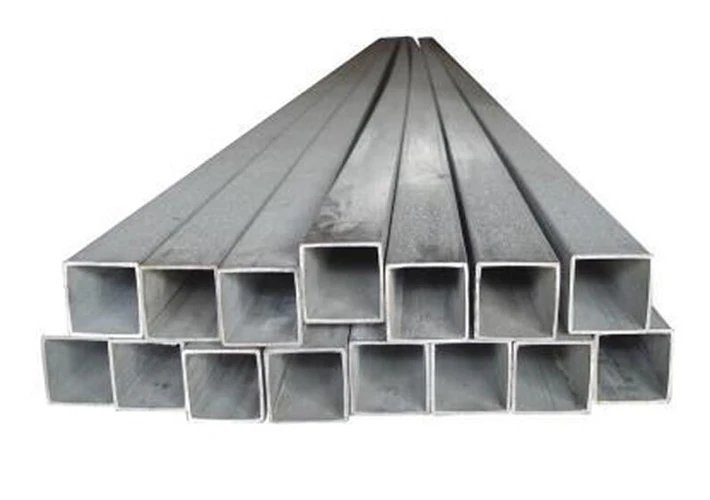
Part 1: Advantages of Square Galvanized Steel Tubes
1.Excellent Corrosion Resistance
The most notable advantage of galvanized steel tubes is their resistance to rust and environmental degradation. The zinc coating acts as a sacrificial barrier, protecting the underlying steel from moisture, air, and chemicals.
- Ideal for outdoor and marine environments
- Extended life expectancy (20–50 years depending on usage)
- Reduced maintenance and repainting needs
2.High Structural Strength
Galvanized square tubes provide a strong load-bearing capacity thanks to their geometric shape and steel base.
- Excellent tensile strength (up to 500 MPa)
- Uniform strength distribution across all sides
- Can withstand heavy loads in construction and industrial equipment
3.Aesthetic Appearance
Galvanized steel has a bright, silver-gray finish, which is not only functional but also visually appealing for architectural and decorative uses.
- Used in handrails, fences, furniture frames
- Requires no additional painting or coating
4.Cost-Effective for Long-Term Use
Although initial costs may be higher than non-galvanized steel, the total life-cycle cost is lower due to minimal corrosion, less maintenance, and longer lifespan.
- Fewer replacements and repairs
- Reduced labor costs for post-processing
5.Versatile Applications
Square galvanized tubes are used in a wide range of industries:
- Construction: scaffolding, support columns, structural frames
- Agriculture: greenhouse frames, irrigation systems
- Automotive: vehicle frames, chassis reinforcement
- Furniture: metal beds, tables, racks
- Fencing: gates, guardrails, barriers
6.Easy Fabrication and Welding
Galvanized square steel tubes can be cut, drilled, bent, and welded using standard fabrication methods. This makes them suitable for customized projects and modular designs.
- Compatible with CNC and laser cutting
- Can be easily bolted or connected with fittings
7.Environmental Sustainability
Galvanized steel is 100% recyclable, and the zinc coating does not hinder the recycling process. This makes it a sustainable choice for eco-conscious projects.
- Promotes circular economy
- Reduces environmental impact
Part 2: Disadvantages of Square Galvanized Steel Tubes
1.Higher Initial Cost
Galvanized steel tubes are generally more expensive than untreated or black steel tubes due to the added cost of zinc and the galvanizing process.
- May not be ideal for short-term or budget-limited projects
- Hot-dip galvanizing involves energy and material consumption
2.Limited Heat Resistance
The zinc coating on galvanized steel can deteriorate under high temperatures (above 200°C or 392°F). This limits its use in high-heat environments.
- Not suitable for fire-prone structures
- Zinc fumes are hazardous if overheated during welding
3.Potential for Coating Damage
The zinc layer can be scratched or damaged during handling or transport, exposing the underlying steel to corrosion.
- Requires careful storage and packaging
- Damaged coatings may need repair with zinc-rich paint
4.Welding Considerations
While welding is possible, galvanized steel emits toxic fumes when heated. Special precautions are required during welding:
- Adequate ventilation and protective gear are necessary
- Post-weld areas may need recoating
5.Aesthetic Uniformity Issues
The appearance of the galvanized coating may vary, especially with hot-dip galvanizing, which can create a spangled (mottled) finish.
- May not meet high-end design or architectural requirements
- Additional coating may be needed for aesthetic uniformity
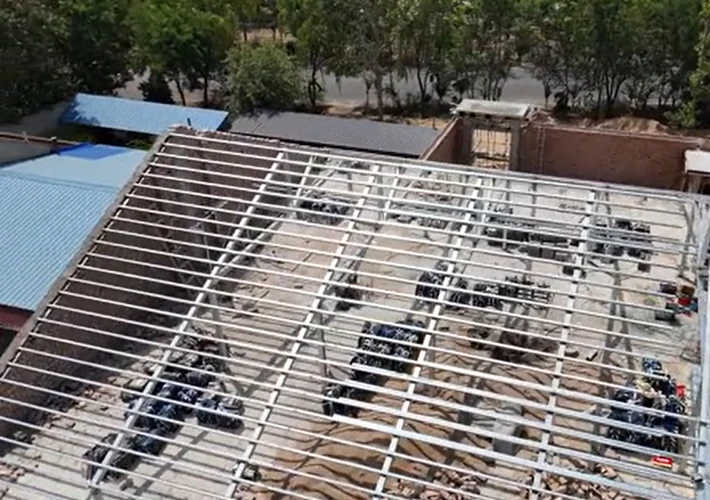
Part 3: Square Galvanized Tube vs. Other Tubes
| Feature | Galvanized Steel Tube | Stainless Steel Tube | Black Steel Tube |
|---|---|---|---|
| Corrosion Resistance | High | Very High | Low |
| Cost | Medium | High | Low |
| Strength | High | High | High |
| Maintenance Requirement | Low | Very Low | High |
| Welding Safety | Needs Precaution | Safe | Safe |
| Environmental Impact | Recyclable | Recyclable | Recyclable |
| Application Flexibility | Wide | Specialized | Construction |
Part 4: Key Applications of Square Galvanized Tubes
1.Infrastructure and Construction
- Bridge handrails, fencing, stair railings
- Structural beams for warehouses and steel buildings
- Support poles and modular frame systems
2.Agricultural Installations
- Greenhouses and protective cages
- Livestock pens, shelters, and storage structures
3.Industrial Equipment
- Conveyor systems
- Factory platforms and racks
- Pipe framing for industrial processes
4.Furniture and Interior Decoration
- Industrial-style chairs, tables, and racks
- Display stands for commercial spaces
5.Public Utilities and Urban Projects
- Street sign frames
- Guardrails and traffic barriers
- Electrical equipment housing
Part 5: Tips for Buying Square Galvanized Steel Tubes
1.Verify the Zinc Coating Thickness
A thicker zinc layer means better corrosion resistance. For outdoor use, prefer coatings of 120 g/m² and above.
2.Check Compliance with Standards
Ensure tubes comply with international standards like:
- ASTM A500 (USA)
- EN 10219 (Europe)
- JIS G3466 (Japan)
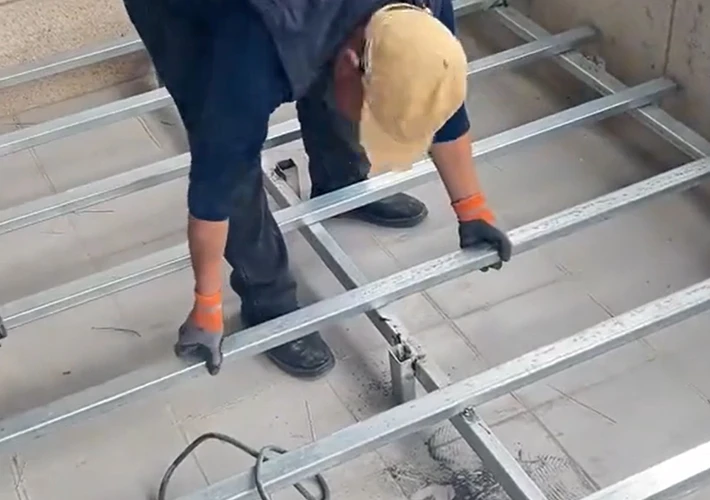
3.Assess Wall Thickness and Tolerance
Choose wall thickness based on load-bearing requirements. Tolerance control is important for precise installation.
4.Evaluate Surface Quality
Look for uniform coating, no visible cracks, rust spots, or weld defects.
5.Request Mill Test Certificates (MTC)
Professional suppliers provide MTCs that confirm the mechanical and chemical properties of the product.
Conclusion
Square galvanized steel tubes offer a balanced combination of durability, strength, and corrosion resistance, making them a practical solution for a broad spectrum of applications across industries. While they come with a higher upfront cost and require welding precautions, their long lifespan and low maintenance make them a smart investment for long-term projects.
For B2B buyers, architects, and wholesalers, choosing a reliable supplier from China with in-house galvanizing and testing capabilities is crucial. Bulk purchase, customized specifications, and consistent quality assurance can help reduce overall project costs while meeting international standards.

